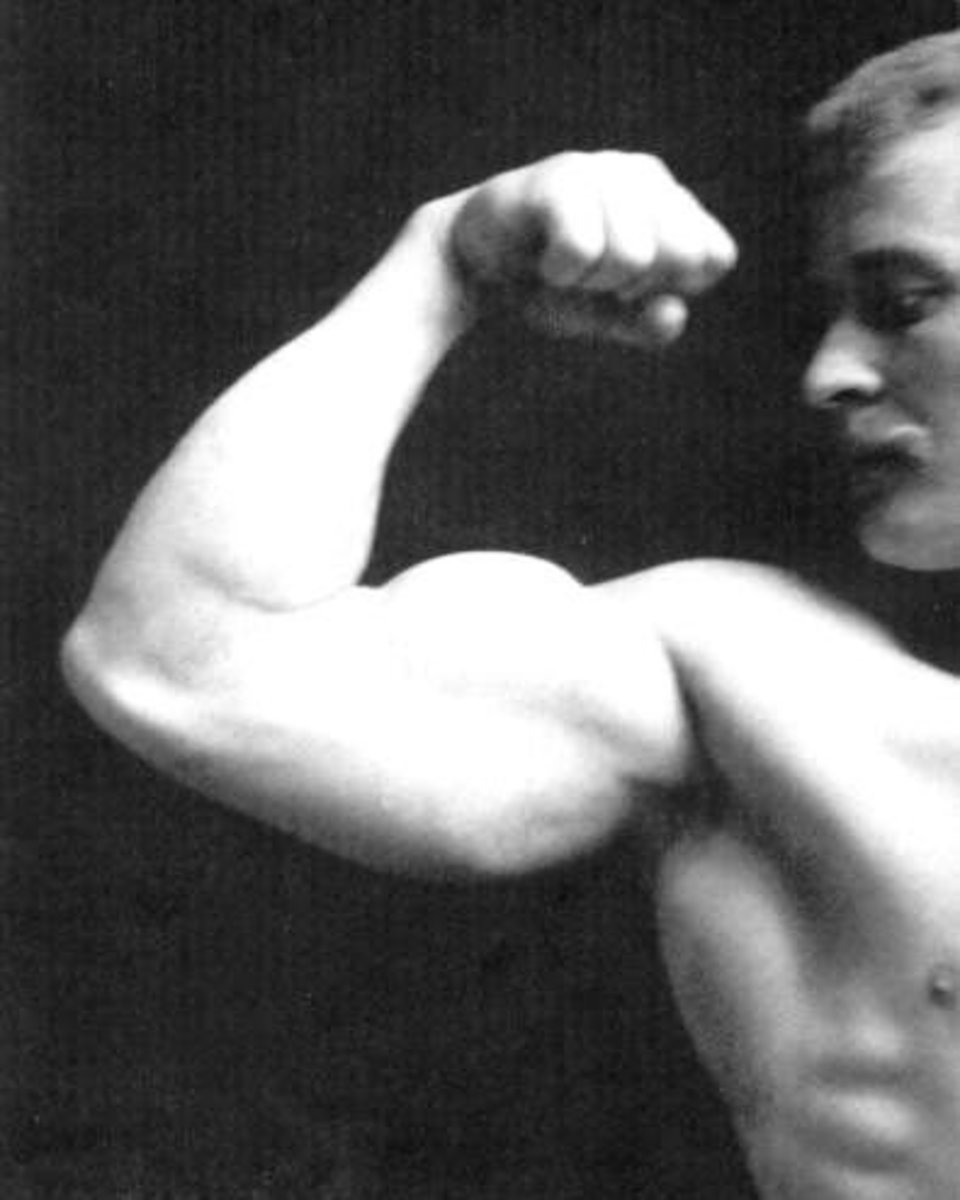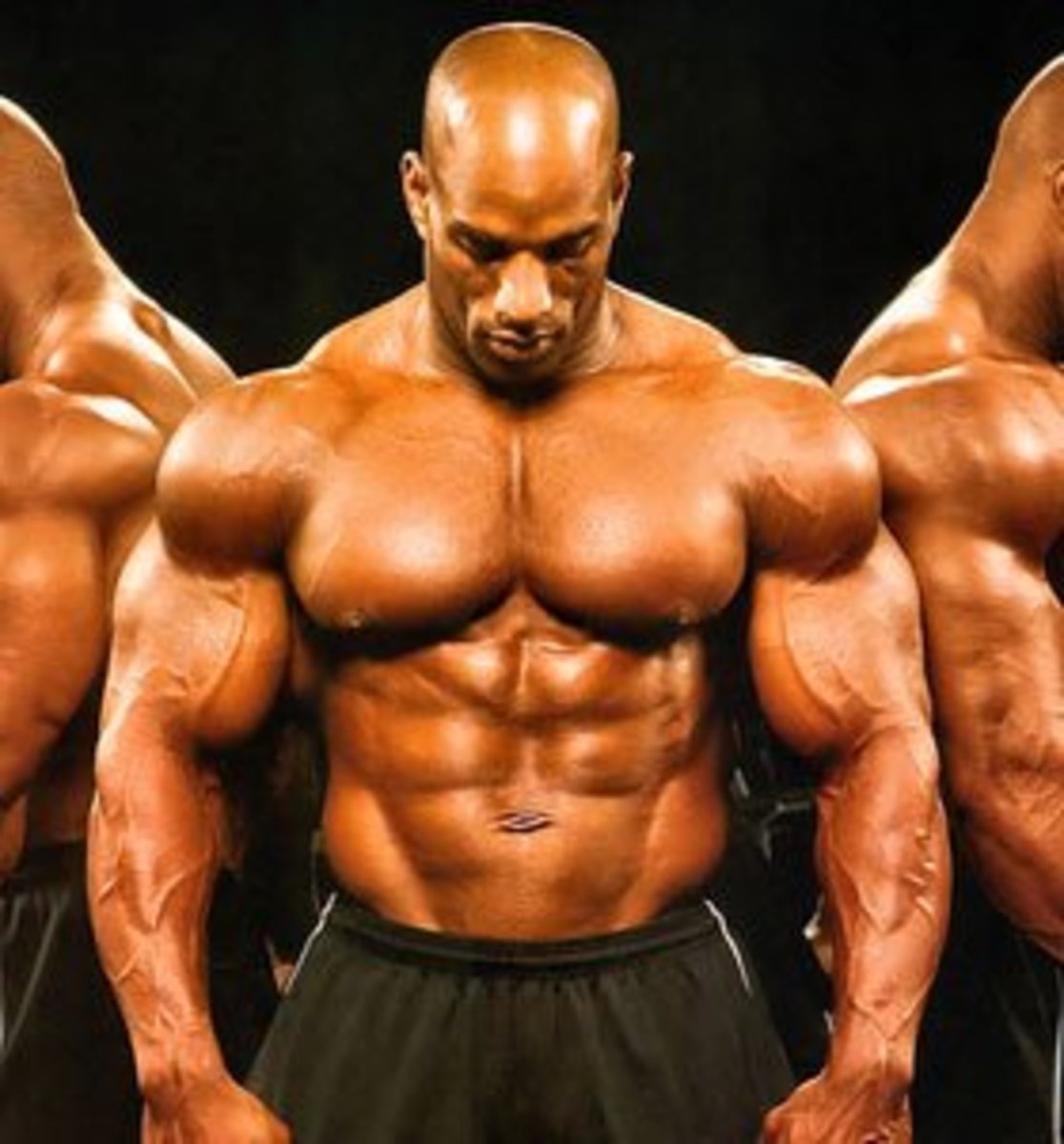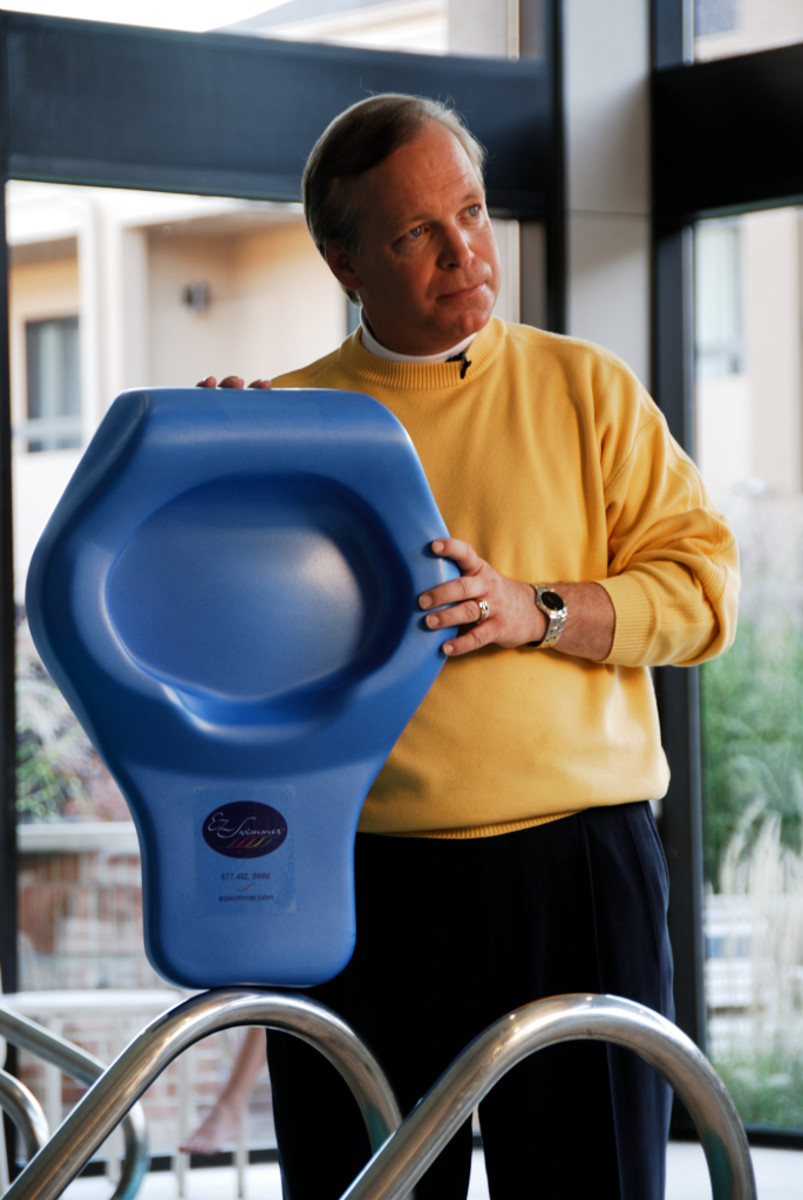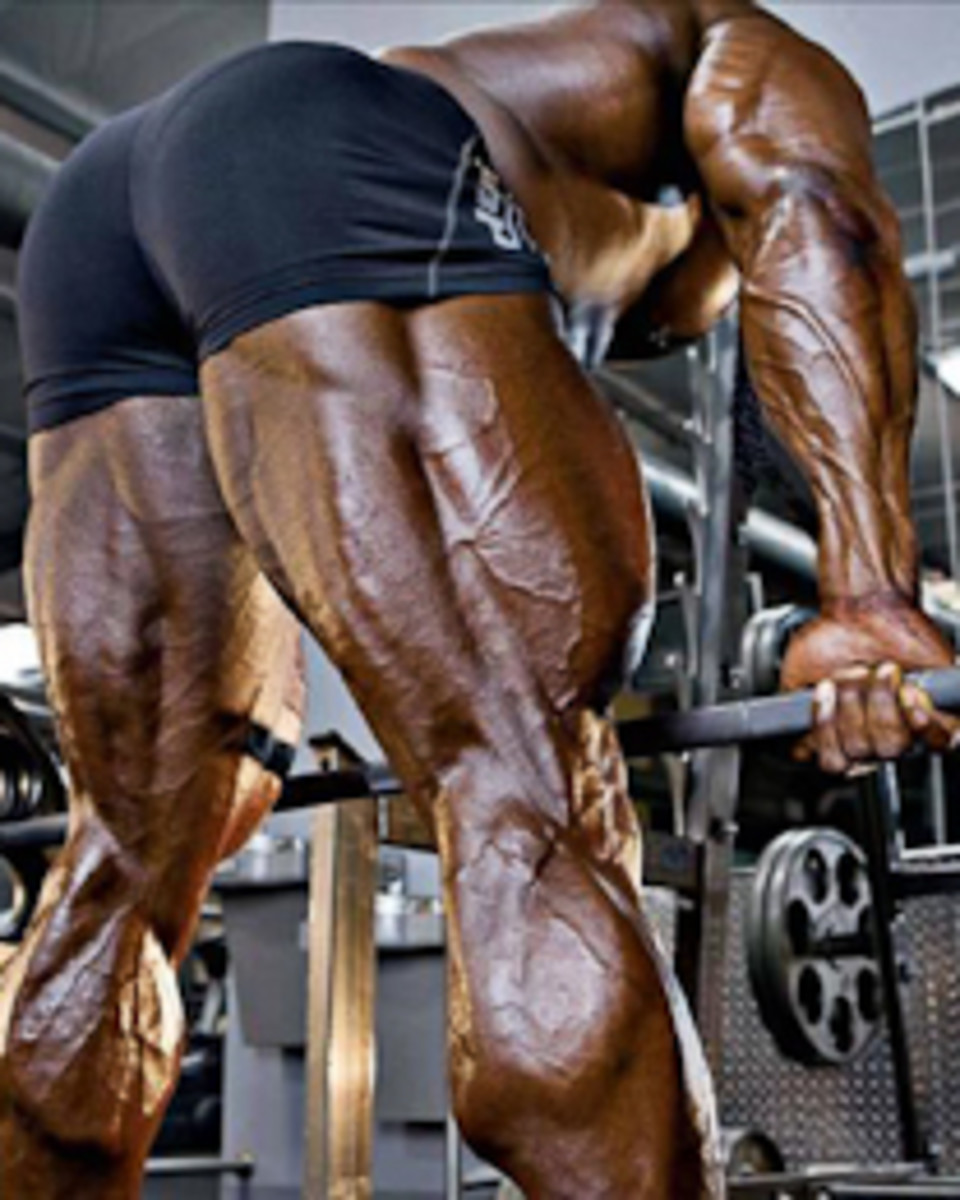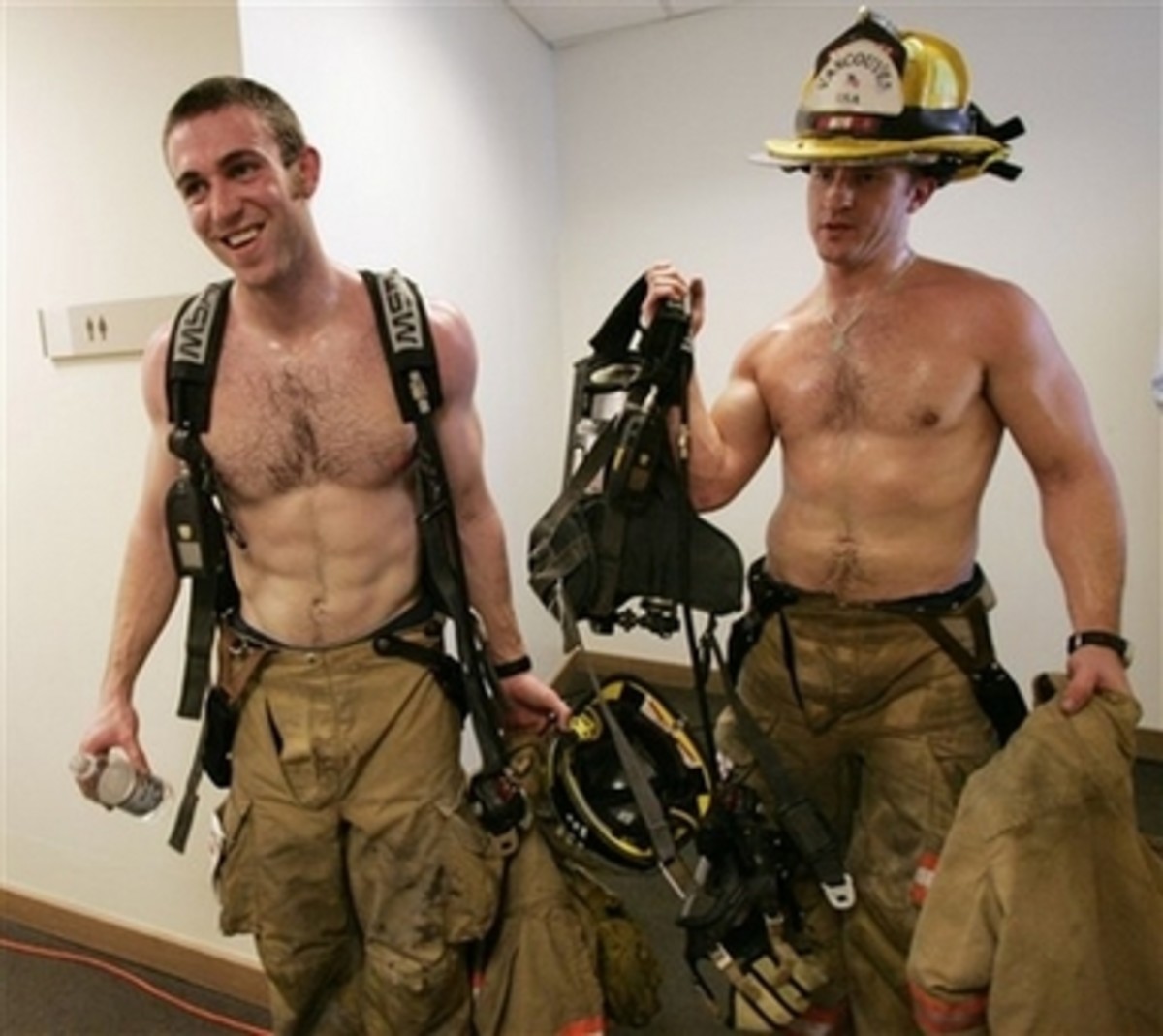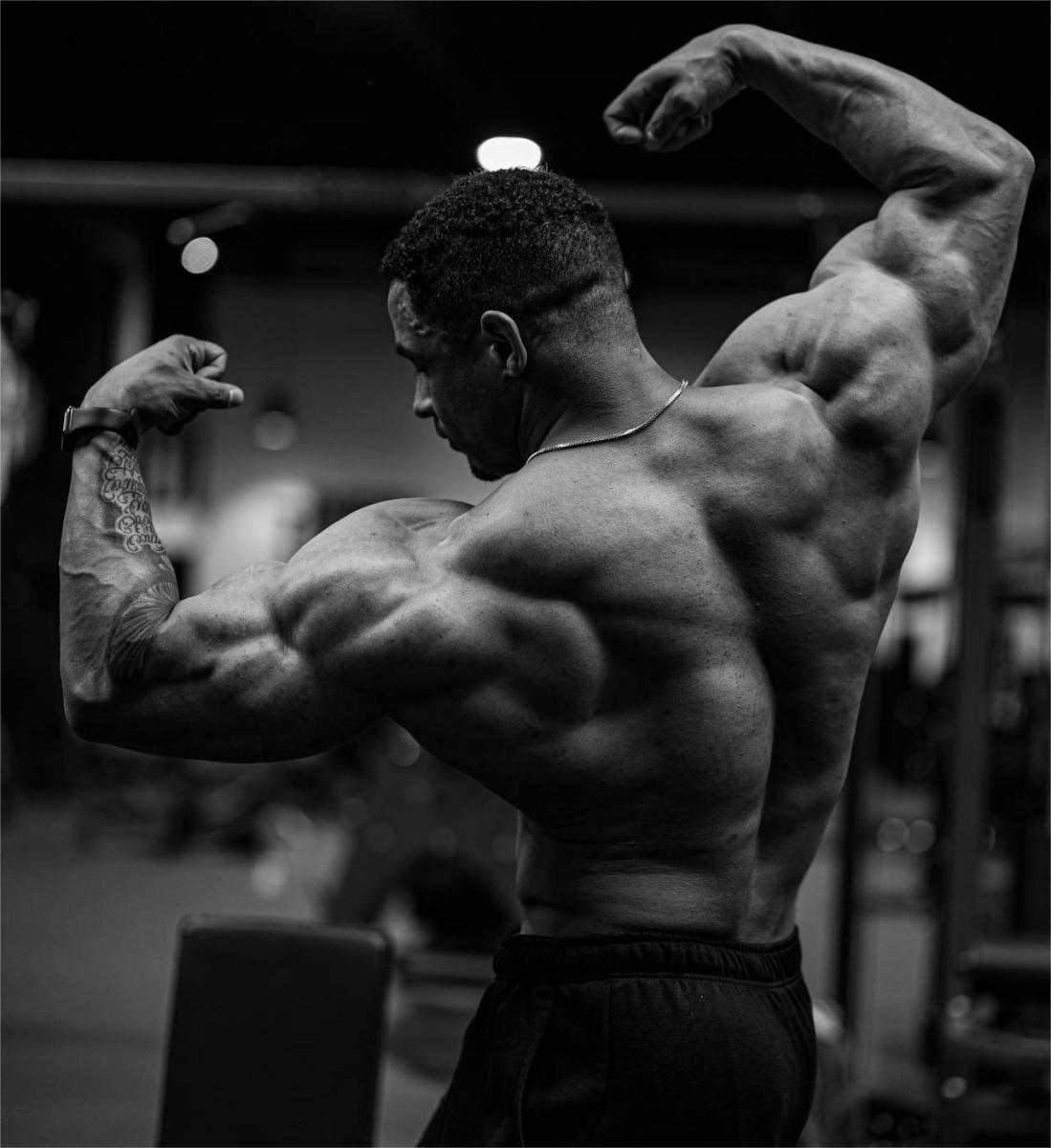Muscle & Fitness
The Wonderful World of Weights Training
Beginning a weight training program can be downright confusing. Which bodyparts need what exercise? How do I do them properly and safely? What equipment do I need? How much weight should I begin with?
This hub, and the other 15 of the series, will endeavor to answer those and other questions. If I miss any, just ask in the Comment Capsule on each hub.
Though keep in mind that this series is about weight training, not bodybuilding.
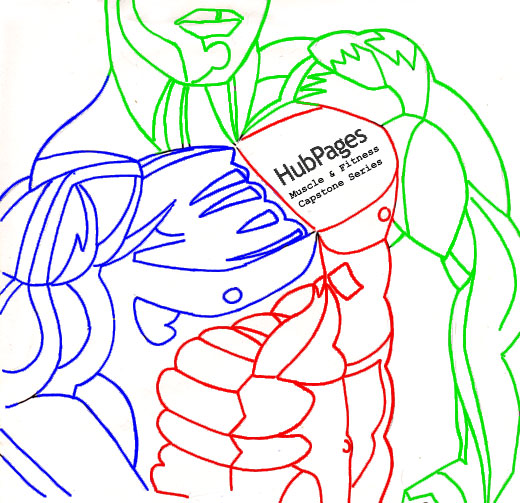
What's the difference between Bodybuilding and Weight Training?
They
have different objectives: bodybuilders train to develop maximum
muscular size and extremely low levels of body fat, while most weight
trainers do so to improve strength and endurance and not give such
focused attention to reducing body fat below normal.
Bodybuilders also pay considerable attention to nutrition, carbohydrates, protein and dietary supplements.
In short, bodybuilding is a sport, whereas weight training is about exercise.
Weight Loss
Weight
training may not actually cause you to lose weight. It can bring tone
and definition to muscle, it can burn fat, but muscle is heavier than
fat. So depending on your workout regime and dedication you could
likely put on extra weight.
Exercise may help you lose size, in
certain areas where fat predominantly gathers. But it might also cause
you to increase in size. Particularly the chest, arms, legs.
So
while people seek to lose weight, and size, they may increase in both.
But that's not necessarily a bad thing. Proper exercise will cause you
to lose FAT.
But this hub is not about dieting.
Beginners
As a beginner you should use light enough weights that you can learn technique as you do the movement. Too much, executed improperly, can cause injury. Far too much, even if you think you're doing it correctly can result in serious damage to both joints and bones.
Go light for a few weeks so you can get the feel of the movement. Don't be afraid of doing exercises in front of the mirror, you're not being vain or egotistical, do it so you can have a different point of view of how well you're performing the exercise.
We will explain in this series of hubs what each body part does, and what exercises can be done to work those muscle groups.
You can work any muscles you choose. If you look in a weight training gym you may notice that women tend to work on their thighs and buttocks while men work on their arms, chest and shoulders. For an overall toning effect women should work on their upper body as well. Full body strength can be a great advantage. Combined with good posture it provides a positive effect on self image. Men shouldn't neglect their legs because if they are doing it for appearance sake, you don't want half your body letting down the other half.
Some women are concerned that with weight training they may develop unwanted muscle tissue and a masculine appearance. However, the growth of muscles is determined by the male hormone testosterone, and the low levels of this found in women tend to limit the amount of muscle development. However, considerable strength gains can be achieved and the reduction in body fat results in a better toned body, which looks and feels great.
Although you can't spot reduce — the weight you lose will come off all parts of your body — you can spot train. This reshapes the body part through weight training.
The individual hubs target each specific muscle group. There will be an introduction, and also a section I've called 'Kinesiology & Physiology'.
Kinesiology, also known as human kinetics, is the science of human movement.
And exercise physiology is the study of the function of the human body during various acute and chronic exercise conditions.
I am not qualified in either profession, so don't take what I've said as being 100% right. While every effort has been made in the research of this hub series (as well as the fact that I've been using all these exercises, either right now or in the past) you should use it as start point for your own further study and investigation if you're considering developing your own fitness regime.
Muscle Development
You've probably wondered how muscles grow. I know I have. According to wikipedia weight training causes micro-tears to the muscles being trained
Ever felt sore after exercise? That is caused by the micro-tears in the muscle. It's called 'delayed onset muscle soreness' or DOMS. It is when the muscle repairs itself that results in muscle growth.
You'll tend to feel this soreness a day or two after a workout, but as muscles become adapted to exercise, the soreness tends to decrease.
Terminology
Weight training has a number of terms which need to be defined in order to make sense of the program details. I don't use these terms much in the hub articles, but if you start going to a gym and reading books and magazines you'll start to hear these words a lot.
Load: This is the weight (or resistance) to be lifted and is usually measured in kilograms.
Repetitions (reps): This refers to the number of times the load is lifted.
Sets: A set is a grouping of a number of repetitions, e.g. a set may consist of 8 reps or 10 reps or 12 reps etc. I usually do 10 reps per set, and 3 set of each exercise.
Equipment
Most people who take up weight training do so in gyms equipped for the purpose and with instructors who are willing to assist the newcomer get under way. The alternative is to have your own equipment at home. There are advantages and disadvantages in both.
There are basically two types of equipment — free weights and machines. Most gyms will have both types. It is possible to structure a suitable program using either form, a combination of the two is ideal, but that shouldn;t hold you back.
The standard free weight equipment consists of a bar with weights (or plates) added to each end and secured by collars. Dumbbells are also free weights. They are intended for use in pairs, have fixed plates and come in a range of weights.
Machines are excellent weight training equipment, though they are generally too expensive for home use. They have either a stack of weights or hydraulic pressure that can be increased or decreased according to the needs of the exercise. They allow the exercise movement to be performed in a controlled way, designed to hit a specific muscle group.
It is not necessary to wear special clothing for weight training. All you need are comfortable clothes that allow a full range of movement and sports shoes with a sole that prevents slipping. Gloves may be used for free weights.
Wearing a weight belt will protect the lower back when performing squats with weights.
Benefits of Weight Training
- Weight training is an activity within the reach of everyone irrespective of age or ability.
- You can enjoy health and fitness benefits as well as an improvement in strength in a relatively short time.
- Muscle tissue has a higher metabolic rate (burns more kilojoules) than fat tissue.
- Better balance and coordination.
- Increased bone strength and reduced risk of osteoporosis.
- Development of joint stability and stronger connective tissues.
- Stabilized blood pressure and sugar levels.
Safety Precautions
- Warm up: You can also do an external warm up by taking a warm bath or shower before your training session. Or internally by actively stretching and doing light activities beforehand.
- Technique: Use the correct technique as explained for each exercise. Use the correct technique as explained and demonstrated for each exercise. If you have any difficulties with an exercise, seek the assistance of a gym instructor who is qualified to advise you on correct technique.
- Double check: Ensure collars are tight when using free weights.
- Breathing: Learn correct breathing technique. When in doubt, exhale on the exertion part of the movement.
- Go slow: When you do the repetition, do not try to explode and move the weight superfast. You don't get extra muscle development by going faster, but you might get hurt.
- Rest: Rest 1 1/2 to 2 1/2 minutes between sets. You can do more or less based on your rate of recovery and your goals. Less rest means you will emphasize definition and endurance because you will use less weight; more rest means more recovery so you can use more weight, which translates to more strength.
- Extra Stretches: It is wise to stretch the muscle groups just worked within three seconds of completing a set of repetitions. This allows maximum lengthening of that muscle and will help prevent soreness. Hold the stretch for 10-15 seconds. Stretch both sides.
- Look directly in front of you: Your spinal alignment will follow your eye contact. When you lift a weight your gaze should be directly ahead of you, not up or down. If you look down you'll develop a tendency to tuck your chin, which can force you to curve your spine. Shrugs and abdominal exercises are the only movements that allow you to tuck your chin without putting your spine at risk. By looking up while lifting you'll be putting pressure on your neck and lower back (Squats are an exception).
- Don't bounce the weight: If you do a leg press and you come all the way down using a heavy weight, allowing your knees to bounce into your chest, you run the risk of tearing an intercostal muscle or damaging your lower back. In addition, you are actually resting at the bottom, rather than facilitating the continuous tension on the muscle that promotes development.
- Don't try to lift a weight you can't handle: Err on the side of caution. You're better off starting with weights that are too light and being able to execute the exercise correctly, than weights that are too heavy. Stay within your limits and build up the poundages gradually, always maintaining strict form.
Muscle Rest and Recuperation
How often should you work each body part?
There's a formula you can use, that can guide your workouts. Divided into individual body parts, each have their own demands.
Body Part
| Number of days between workouts
|
|---|---|
Neck
| 2
|
Shoulders
| 2-3
|
Biceps
| 2-3
|
Triceps
| 2-3
|
Forearms
| 2
|
Chest
| 3-4
|
Abs and obliques
| 1-2
|
Upper back
| 3-4
|
Lower back
| 4-5
|
Quadriceps
| 4-5
|
Hamstrings
| 4-5
|
Calves
| 2
|
If you are...
- Over 30: add 1 day
- Already capable of good endurance: subtract 1 day
- Very powerful but have low endurance: add 1 day
- Out of shape: add 1 day
- A heavy smoker or drinker: add 1 day
- Under severe stress: add 1 day
- Over 200 pounds: add 1 day
- Constantly sore from training: add 1 day
- A beginner: use light weights and do 1 to 2 sets per exercise
- A Past your second month of training: begin to add sets, reps and weight
- Not making reasonable progress: reevaluate your training and make some adjustments
- Injured or ill: seek medical advice before training
- Lacking training focus: seek expert advice
Motivation for Weight Training
You may have been avoiding committing/starting a weight training fitness regime for many reasons, and all of them excuses...
- I don't have the time.
- I don't have a training partner.
- I don't have all the right gear.
Here's my opinions on each of these excuses...
- Make the time. Whether you're doing it for fitness, to look better or improve your health, you won't get there unless you make an effort to put in half an hour or an hour a day. Skip watching television or surfing the net and do something positive for your body. You'll feel great during the day, and you'll sleep better at night.
- Can you find someone who will be as dedicated as you? Someone who will push you when you're feeling a little lethargic? Someone you can push when they're feeling less motivated? Someone who can commit to a regular training routine?
You've got a far greater chance of teaming up with the wrong person than you have of finding the right person. And the second best thing, and by not all that much, to having a dedicated, positive and interested gym partner is... you. By yourself.
Get into it. Find your inspiration. Later, when you need that special someone to spot you on the big bench press (in the mean time use dumbbells) you'll find it easier to find someone, because you'll have the right mindset, and you'd have joined an elite class, in a league of their own, proven dedication, and they'll will WANT to train with you. - Buy it. And the second part of that excuse is... I can't afford all the right gear. You can get set up for less than $300.
I'll be covering this in a soon to be published hub. I'll link to it from here once its done.
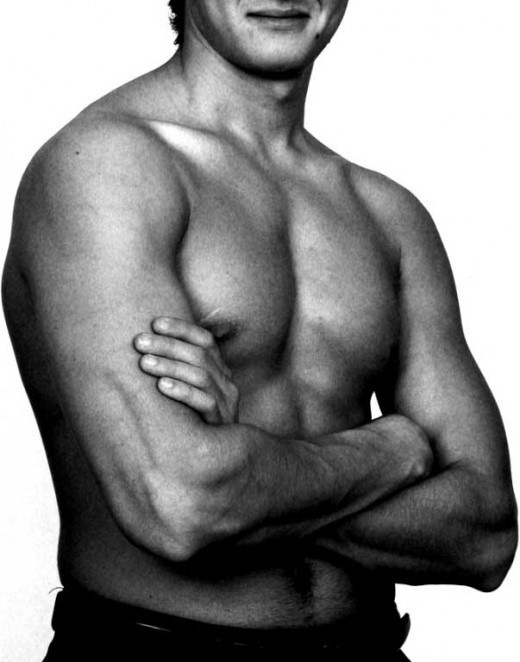
Weight Training Programmes
What you should train and when depends on your fitness ability, strength, personal schedule. Seeing that I know none of that, I'm best not to tell you specific days or bodyparts to train.
But I do have a few suggestions...
When starting, or in my case, restarting (it had been a few years since I had stuck at a weight training programme) I trained every bodypart in one session, every second day, I hadn't yet come across the Muscle R&R Chart above, but that's alright as I wasn't using heavy weights and I wasn't I pushing myself. I was sore for the first couple of weeks. I mean REAL sore.
I did one type of exercise per muscle group. Though on the next training day I might change the exercise. For example, I'd do alternate bicep curls the first time, and then the next I'd do concentration curls.
After a month I changed things around and started going a little heavier, and training half the body parts on one day, and the other half on the other. Still only 3 sets per muscle.
Now I split my training over 4 days. I have increased the amount of sets per muscle. But also doing two different excercises per muscle. I'm doing 3 sets of alternate bicep curls and then 3 sets of concentration curls each training session. I'll do 3 sets of bench press and then 3 sets of dumbbell flyes for my chest.
I'm blasting each muscle for a maximum work out. I am tired after a session, and a little sore, but nothing like I felt in the first two weeks. I've been recovering quickly and also giving the muscles a decent amount of rest between work outs.
I will be publishing another article that will cover this area for those interested. Not just my workout schedule but several others. Between that and your ability and weekly schedule, you should be able to tailor a work out plan that suits your goals and your lifestyle.
This content is accurate and true to the best of the author’s knowledge and is not meant to substitute for formal and individualized advice from a qualified professional.
© 2009 Glen

